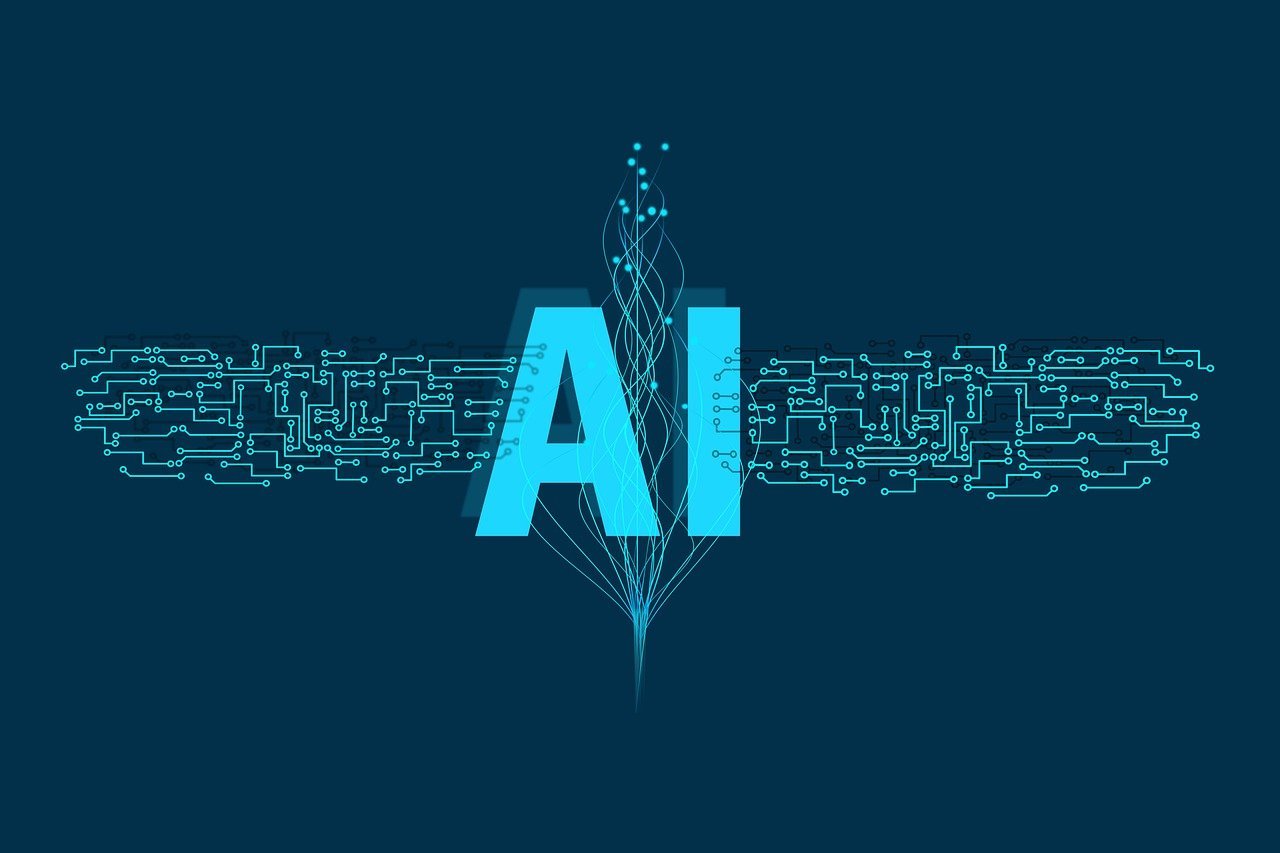The year 2024 is anticipated to be a pivotal moment in the trajectory of artificial intelligence (AI), a field that has been consistently pushing the boundaries of innovation and reshaping various aspects of our lives. As we embark on this new year, it’s evident that AI is poised for another wave of transformative advancements that will further integrate it into the fabric of our society. In this exploration of the future of AI, we will delve into the anticipated breakthroughs and trends that are set to define the AI landscape in 2024.
boundaries of innovation and reshaping various aspects of our lives. As we embark on this new year, it’s evident that AI is poised for another wave of transformative advancements that will further integrate it into the fabric of our society. In this exploration of the future of AI, we will delve into the anticipated breakthroughs and trends that are set to define the AI landscape in 2024.
Tailored AI Assistants: Beyond Chatbots
In the rapidly evolving landscape of artificial intelligence (AI), the advent of personalized AI assistants marks a significant departure from the conventional chatbot experience. Rather than offering generic responses, these cutting-edge AI assistants are engineered to comprehend and adapt to the distinct idiosyncrasies and preferences of individual users. This surge in sophistication heralds a new era of technology-driven interactions characterized by seamlessness and personalization. As these tailored AI assistants seamlessly integrate into our daily routines, they hold the promise of transforming how we engage with technology, revolutionizing everything from workplace productivity to personal communication and beyond.
Generative AI: The Creative Force Unleashed
Generative AI continues to astonish with its ability to produce original content, from art to text. This year, we’ll witness an upsurge in generative AI applications, enabling users to generate novel ideas and solutions, thereby democratizing creativity across various industries. With advancements in generative AI, individuals and businesses can harness its power to unlock innovative solutions to complex problems, fueling creativity and driving progress. As this technology evolves, it holds the potential to revolutionize not only how we create content but also how we approach problem-solving in diverse fields such as design, literature, and engineering.
AI-Generated Election Disinformation: A Double-Edged Sword
While AI has the potential to inform and educate, it also poses a risk of spreading disinformation, especially during election periods. The challenge for 2024 will be to mitigate this threat while harnessing AI’s power for positive political discourse. As AI continues to evolve, there is a pressing need for robust mechanisms to detect and counteract the spread of misinformation, ensuring that democratic processes remain fair and transparent. Efforts to develop AI-powered tools for detecting and combating disinformation are crucial, as they can help safeguard the integrity of elections and promote informed civic engagement.
AI-Powered Drug Discovery: Accelerating Medical Breakthroughs
The pharmaceutical industry is on the cusp of a revolution, with AI-powered drug discovery promising to expedite the development of new medications. This trend could lead to breakthrough treatments for diseases that have long eluded the medical community. By leveraging AI to analyze vast datasets and identify potential drug candidates, researchers can streamline the drug discovery process, bringing life-saving treatments to market more quickly and efficiently. Furthermore, AI-driven drug discovery approaches enable researchers to explore novel therapeutic avenues and uncover hidden patterns in biological data, offering new insights into disease mechanisms and treatment strategies. As AI continues to revolutionize drug discovery, it holds the potential to transform healthcare by delivering personalized, targeted therapies that improve patient outcomes and enhance quality of life.
Multimodal AI: Beyond Text and Images
State-of-the-art AI models are now multimodal, capable of understanding and generating content that spans text, images, and even videos. This advancement opens the door to a myriad of new applications, making AI more versatile and integrated into our daily lives. From virtual assistants that can interpret both voice commands and visual cues to content creation tools that can generate multimedia content, multimodal AI is expanding the possibilities of human-machine interaction. Additionally, multimodal AI has the potential to improve accessibility, allowing individuals with disabilities to interact with technology in new ways. As multimodal AI continues to advance, we can expect to see further innovations that enhance how we communicate, learn, and interact with the world around us.
Small Language Models and Open Source Advancements
The trend towards smaller, more efficient language models is gaining momentum, driven by advancements in open-source technologies. These models are becoming increasingly accessible, offering performance that rivals their proprietary counterparts. In 2024, we can expect to see a proliferation of small language models in various applications, from chatbots to language translation services, making them more powerful and versatile than ever before. Moreover, the open-source nature of these advancements fosters collaboration and innovation within the AI community, driving further progress and accelerating the pace of AI development. As small language models continue to evolve, they have the potential to democratize access to natural language processing capabilities, empowering developers and researchers to create innovative AI applications that enhance our daily lives.
Ethical AI Frameworks: Ensuring Responsible AI Development
With the increasing integration of AI technologies into various aspects of society, there is a growing recognition of the need for ethical frameworks to govern their development and use. In 2024, we expect to see a heightened focus on establishing comprehensive ethical guidelines for AI, ensuring that these powerful technologies are deployed in a responsible, transparent, and equitable manner. These ethical frameworks will address a wide range of considerations, including fairness, accountability, transparency, privacy, and bias mitigation. By adhering to these ethical principles, developers and practitioners can ensure that AI technologies benefit society as a whole while minimizing potential harms and risks.
Unsanctioned AI Utilization: The Hidden Variables
2024 also shines a light on the phenomenon of ‘Shadow AI’ – the unsanctioned use of AI tools within organizations. This trend underscores the necessity for robust internal governance to manage the risks and leverage the potential of AI technologies that operate outside the purview of official channels. As organizations increasingly adopt AI solutions, ensuring that these tools are used responsibly and in accordance with established policies and guidelines becomes paramount. By implementing effective governance frameworks, organizations can mitigate the risks associated with Shadow AI while harnessing the full potential of AI technologies to drive innovation and efficiency.
Conclusion: Navigating the AI Landscape
As we peer into the future of AI in 2024, it becomes apparent that the path forward is multifaceted, brimming with both opportunities and challenges. It is paramount that we approach these advancements with a balanced perspective, cognizant of the ethical implications and societal impacts they entail. By fostering a culture of responsible innovation, we can ensure that AI serves as a force for positive transformation, empowering individuals and organizations to thrive in the digital age. Through collaborative efforts and vigilant governance, we can navigate the complexities of the AI landscape, harnessing its potential to drive progress while safeguarding against misuse and unintended consequences. In this ever-evolving journey, staying informed and proactive is paramount, enabling us to shape a future where AI enriches lives, fosters inclusivity, and propels us towards a brighter tomorrow.


